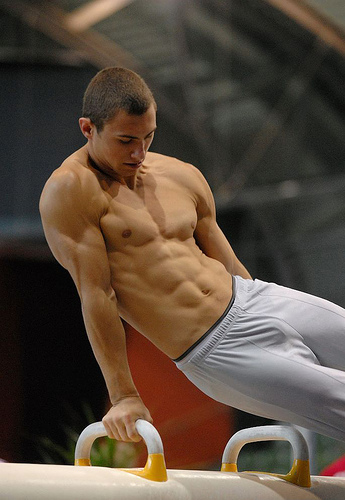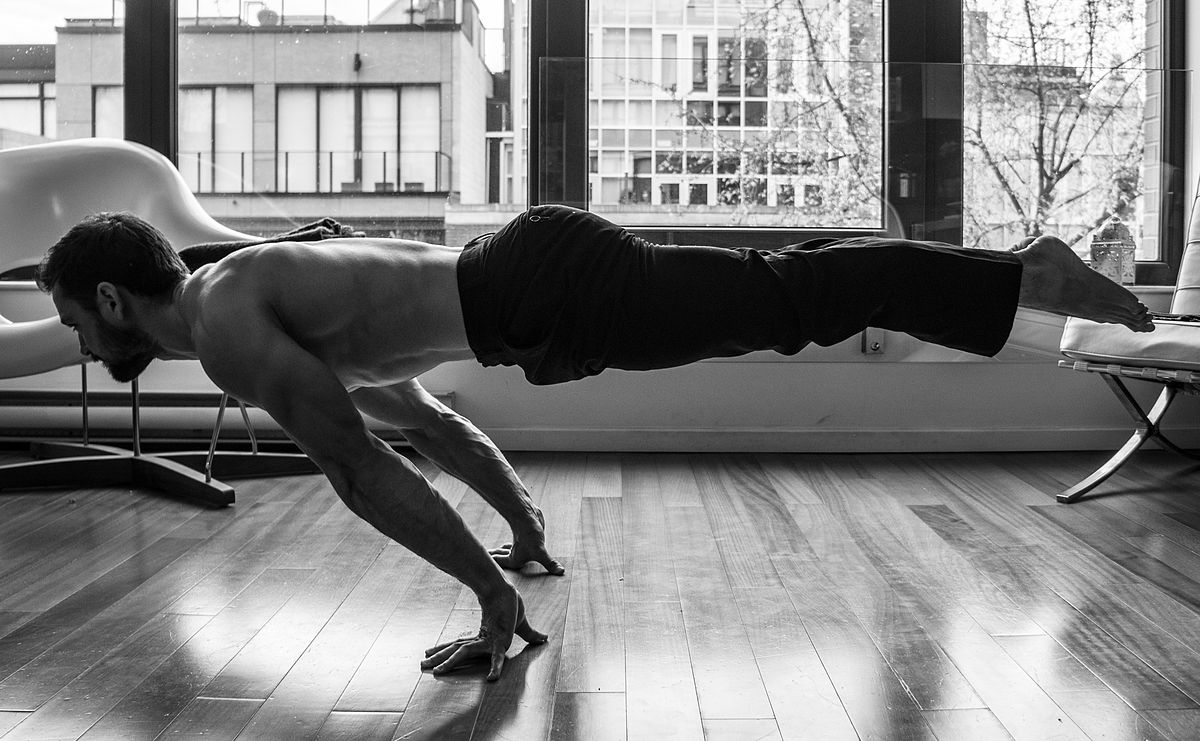Notes on Cohousing and Coliving
In pursuit of a more perfect union, let me live with my best friends.
Progress in gymnastics is not only within reach of most people who can walk but, with proper coaching, can be the most rewarding sport you train for. It’s addicting. The health benefits of a more limber and lean body are self-evident, though I’ll provide more evidence just in case. And no one but other gym rats care what you bench; even the most basic gymnastics element makes heads turn.
You should find your nearest gym and ask about dropping into a supervised open session because:
Whether it’s for other sports or merely getting around the house, furthering your gymnastics ability is commensurate—synonymouss—with increasing your range of motion, coordination, and strength. The sport places a premium on body control, especially at the highest levels, and is the fullest full-body workout humans have conceived of [citation: watch the Olympics]. Weight training, even with free weights, doesn’t challenge myriad stabilizer muscles like free, unisolated body movement does. If you don’t believe me, take a weightlifter and have him do a dip on the rings. If they can even manage to stay upright, you’ll see the rings shaking like it’s their first day at the gym.
Practicing individual gymnastics techniques on the different men’s and women’s apparatuses (such as floor, beam, or the still rings) is functionally a form of high-intensity interval training, or HIIT. HIIT was given its most forceful argument when, in 1996, a Japanese physician-researcher named Izumi Tabata published a his famous study on the effects of variable intensity on physical fitness. He found that a group of athletes on stationary bikes exercising in a pattern of 20 seconds of maximum exertion, followed by 10-second rest, for just four minutes four times a week, saw gains to their aerobic energy system similar to a control group that performed low-intensity training for an hour per session, five times a week. Furthermore, the HIIT group of athletes increased their anaerobic capacity while the low-intensity group did not. Other researchers have observed the body’s tendency to burn more fat for hours after a HIIT-session.
Gymnastics training simultaneously gases your cardiovascular system and strains your muscular endurance to failure. Something as deceptively simple as assisted circles on a pommel horse trainer or forward rolls on floor, not to mention more technically difficult skills–leave you breathless and dripping in sweat.

Despite what you would imagine seeing triple back-flips on the floor, gymnastics is much safer than what many people think:
When it comes to acquiring skills or achieving milestones that require concerted, long-term effort, discipline is preferable to motivation. Discipline is what gets you in the gym when part of you would rather not. Motivation is an ephemeral feeling that you can’t rely on for durable change in your life.
That sounds sensible–simply load up on “having self-discipline”! But how do you start? We’re back to motivation to kick start the entire process, which we know is fickle. Here’s why gymnastics is great:
Gymnastics can reliably motivate you to get to the gym.
The sport has three intrinsic motivators:
 The planche – pinnacle of bodyweight strength
The planche – pinnacle of bodyweight strength
The reason I love training is because of its magical, mood-altering effects. I’ve often arrived to the gym in a funk–a depressive affect borne of the thousand reasons we all find ourselves funky, caught in a scrim of the negative self-talk and thought circles. And then I have to warm up.
If by the end of the warmup I’m not fully present, then the skills-based apparatus training does the trick. Taking good turns–feeling the timing, the movement of the body, remembering corrections mid-turn despite ingrained bad habits–requires total focus. Doing that for a few hours resets your psychology and physiology. That’s why I practically never leave the gym without feeling refreshed, physically as well as emotionally. I feel full of agency and good cheer. And yea, I did a double back flip. That’s awesome.
The first few practices might be humbling. You might be sore in places you didn’t you know had muscles. Your wrists, after a lifetime of typing, might rebuke you for your cartwheels. But the sport grabs you, with its feats of strength and coordination that boggle the mind, and keeps you coming back.
And after enough times of showing up to the gym, you find yourself with something like a habit.
Look up a local gymnastics facility. Visit their website or call them and inquire as to their schedule for open gym or drop-in sessions. Most gyms have these. (I’ve also convinced a gym owner to start sessions just for my benefit!) At these sessions, there is usually a coach or facilitator. They can help you warm up and take you through floor “basics”—forward rolls, handstands, cartwheels, round-offs, etc. Once you’ve demonstrated yourself and are interested, they can show you some more advanced techniques and drills. Other athletes attending drop-in sessions are usually practicing skills and if you ask nicely they can show you what they’re working on.
It’s natural to be a little intimidated. A gymnastics facility is big and kind of scary—what do all these different apparatusses do?? Do I hang on it or jump over it? But fear not: gymnastics coaches uniformly have an abiding love of the sport and understand how difficult it is for newcomers. They can instruct and explain the sport’s equipment, intracacies, and skills.
And if you’re interested and nearby, I would happily host you at a training session and show you the ropes!
In pursuit of a more perfect union, let me live with my best friends.
Thoughts and practical advice on a gymnast’s core compentency.
An interview with Howard Baetjer
Max Efremov’s book review of Ross Douthat’s The Decadent Society
An interview with Tyson Edwards, YouTuber and All-Around Athlete
Folks I pay attention to.
A brief survey of Richard Schwartz’s Internal Family Systems (IFS) therapy.
An interview with Alexey Guzey, researcher and writer.
Intermittent fasting for a world stuck at home.
An interview with Luke O’Geil, gymnastics coach and gymnast strength trainer.
There’s strong, there’s really strong, and then there are gymnastics rings specialists.
In extremis, rising to the occasion with a ready mind.
Why on-the-job skills aren’t the only skills to keep sharp while job searching.
A search tool centralizing information pertaining to internationally sanctioned entities.
Thoughts on the (in)feasibility of any amendment to the US Constitution.
An interview with Scott Sumner, a monetary economist.
The details of a day in the life of a Lambda School student.
Progress in gymnastics is not only within reach of most people who can walk but, with proper coaching, can be the most rewarding sport you train for.
Scathingly funny.